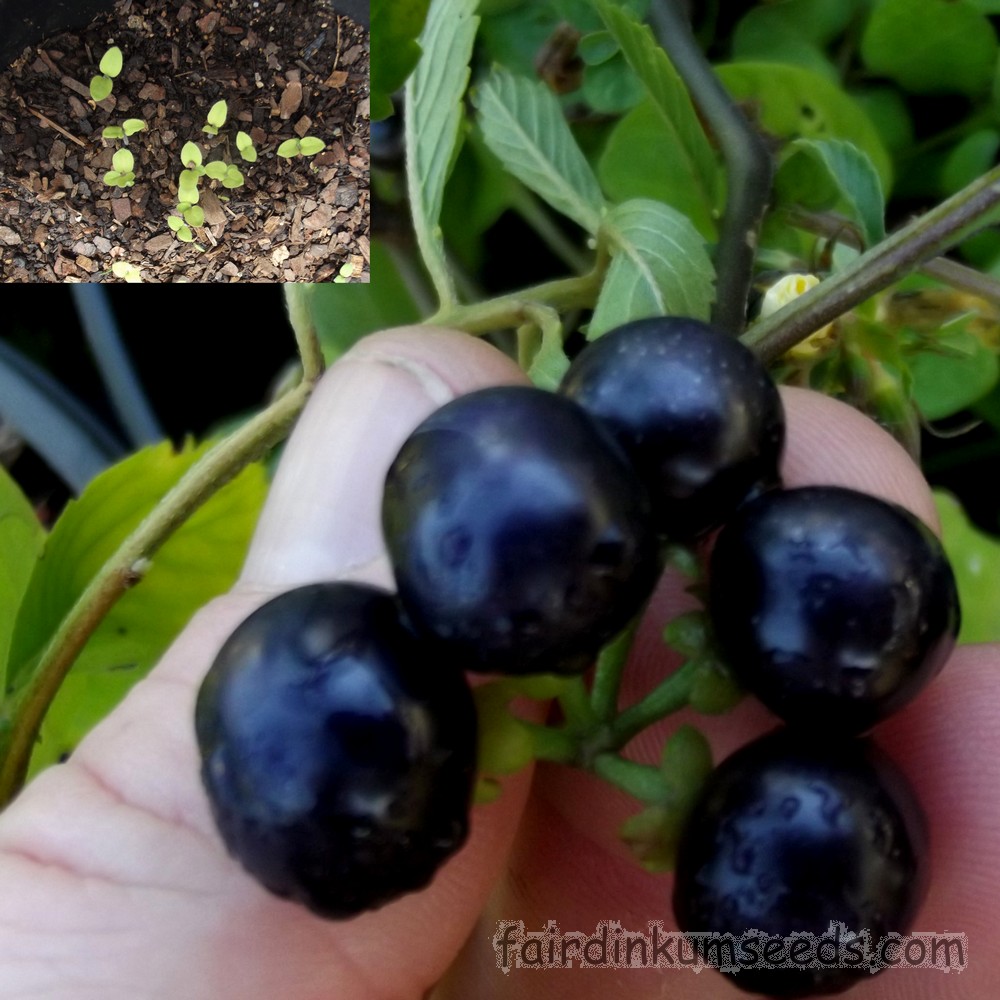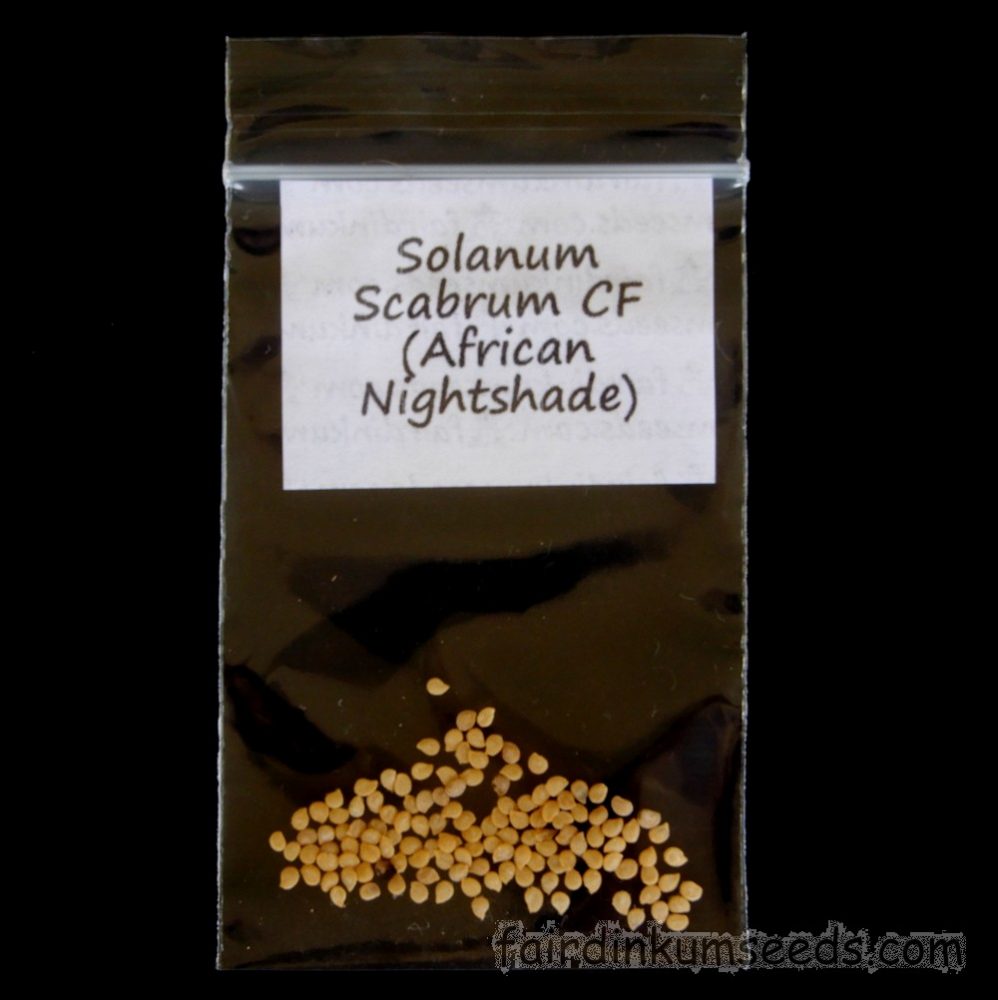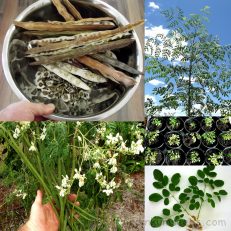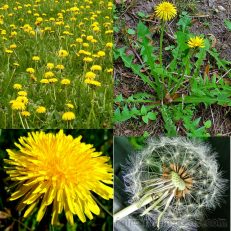Please read text!
African Nightshade Solanum Scabrum CF Seeds
Packet of 50+ home grown seeds!
Pay attention to this bit folks, it’s very important.
I am selling this species as an ornamental with an interesting history only.
I do not suggest or recommend you eat it, and if you do anyway despite me strongly suggesting you don’t, then any negative consequences to your actions will be your own.
This species is known to contain glycoalkaloid solanine, solanidine and other toxic alkaloids that can make you really crook.
The effect of ingesting a toxic amount normally starts with violent vomiting and diarrhea, followed by liver damage, mental confusion, dizziness, inability to speak, blindness and loss of consciousness.
Potentially deadly especially in large amounts, and having made myself violently ill a few times from other closely related species I am a bit wary with the whole Solanum mob these days, especially rare or uncommonly available forms like this fella.
Everyone read that? Interesting ornamental, not a salad.
Cool, I’ll move on then..
This interesting Solanum Species is a cultivated form of Solanum scabrum from Africa and it has huge berries and quite thick “edible” leaves.
These huge berries have been developed for dye production not as a food.
They are at least 3x bigger that the common Solanum nigrum forms found as a weed here in Australia.
They contain large amounts of naturally occurring anthocyanins and these are the same chemicals common in things like blue berries that are said to hold potential in cancer prevention.
The mix of other more toxic alkaloids makes eating these berries raw a very bad idea, and eating them cooked too risky in my opinion.
This form is cultivated for its leaves.
They are are used as a leaf vegetable on a massive scale all through Africa and they are known as black nightshade, garden huckleberry, morelle de Guinee, brede martin, creve-chien, morelle noire, hierba mora, llague, pintamora, or tomatitos.
There is massive amount of confusion within the Solanum Genus so they are also sometimes incorrectly known as Solanum intrusum, Solanum melanocerasum, Solanum nigrum guineense, Solanum nodiflorum and Solanum oleraceum too.
It is the most intensively cultivated leaf crop within the Solanum nigrum complex, and it is cultivated as a food and dye crop all through Asia, tropical Africa, South Pacific, North America, and the Caribbean.
I am told that it is very nutritious with just 100grams of leaves containing 87.8grams water, 163 kJ(39 kcal) energy, 3.2grams protein, 1 gram of fat, 6.4 grams carbohydrate, 2.2grams fibre, Calcium 200 mg, Phosphorus 54 mg, Iron 0.3 mg, β-carotene 3.7 mg, 24 mg Vitamin C along with Vitamin A, Iodine and Zinc.
It also contains an unknown level of toxic components.
Heat does NOT effect the toxicity in any great way, despite what other “expert” folks may tell you.
It is the leaching effect, the change of water in between, that dissolves and then removes the toxic chemicals from the leaves and shoots when boiled as a vegetable.
I would eat them twice boiled if SHTF, no dramas, but even so it would be way way down at the bottom of my list.
Things would have to be very very bad by then and I really hope I am never in that situation.
As a medicinal species traditional uses include leaf juices to treat diarrhea, eye infections and jaundice.
The raw fruit is eaten to treat stomach ulcers or stomach pain and whole plant infusions are rubbed onto the gums of children with crooked teeth.
None of which I recommend in any way.
I personally grow it because it’s cool, it’s very rare here in Australia, and because diversity of species is really important in case of plant disease outbreaks or dramatic climatic changes.
Both of which are becoming more common occurrences every day.
It’s easy to grow but like most Solanum species has a high level of dormancy meaning they take anywhere from a week to a few months to germinate for me here.
If you are in a hurry then GA3 is super effective for me here in my trials.
In one trial a 24hr soak in a weak GA3 solution gave me 70% germination in just ~3days!
Grown by me and the Mrs organically, no chems, no nasties, no problems!!!





